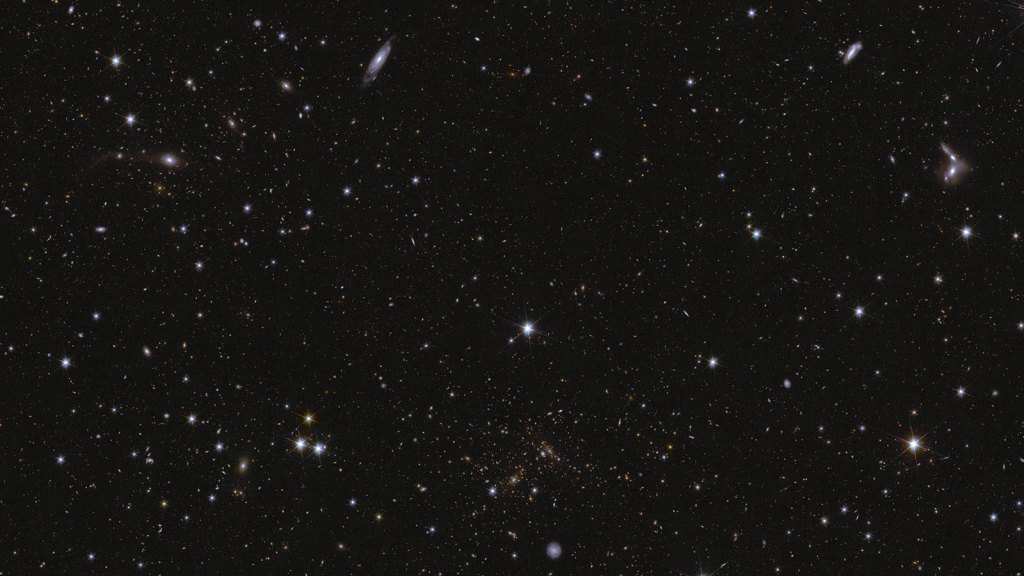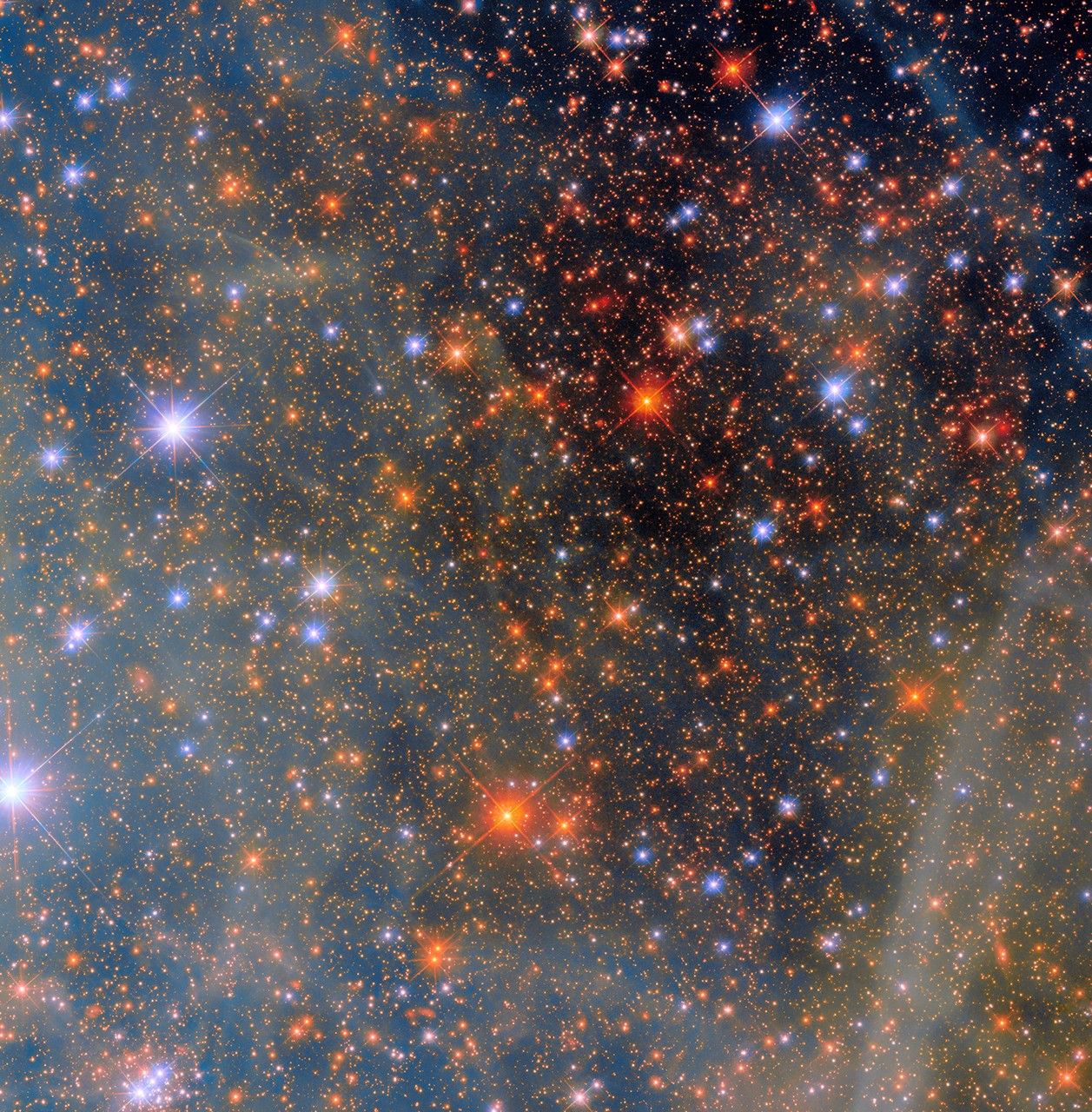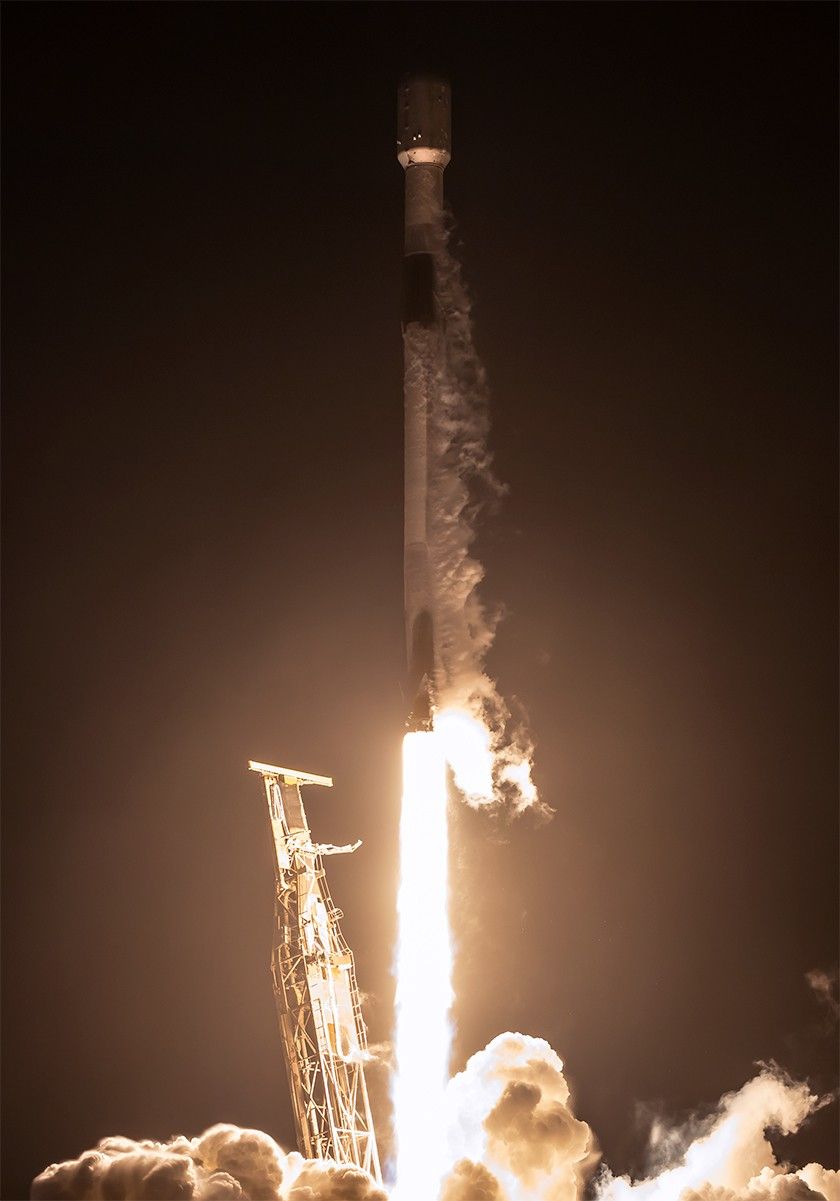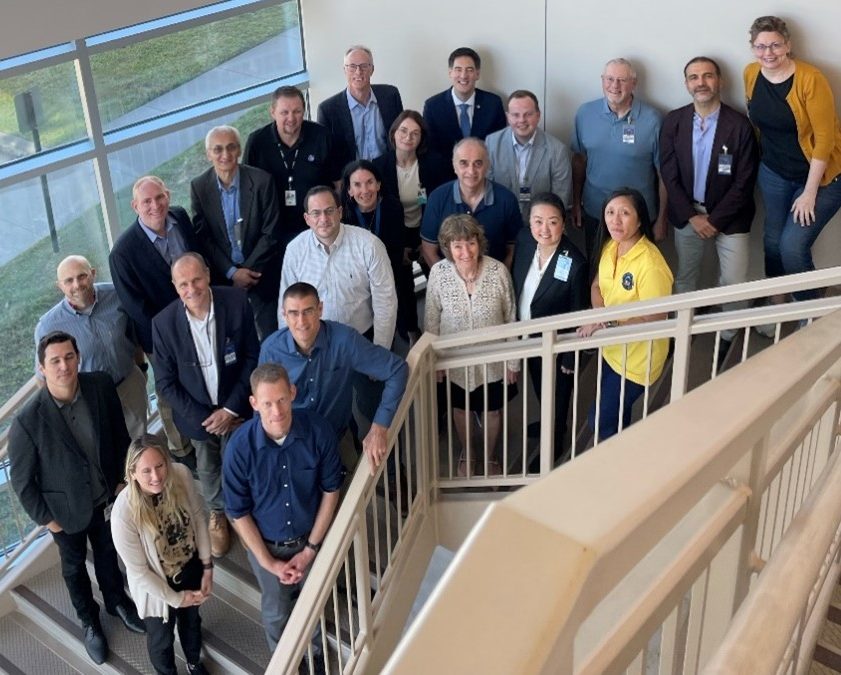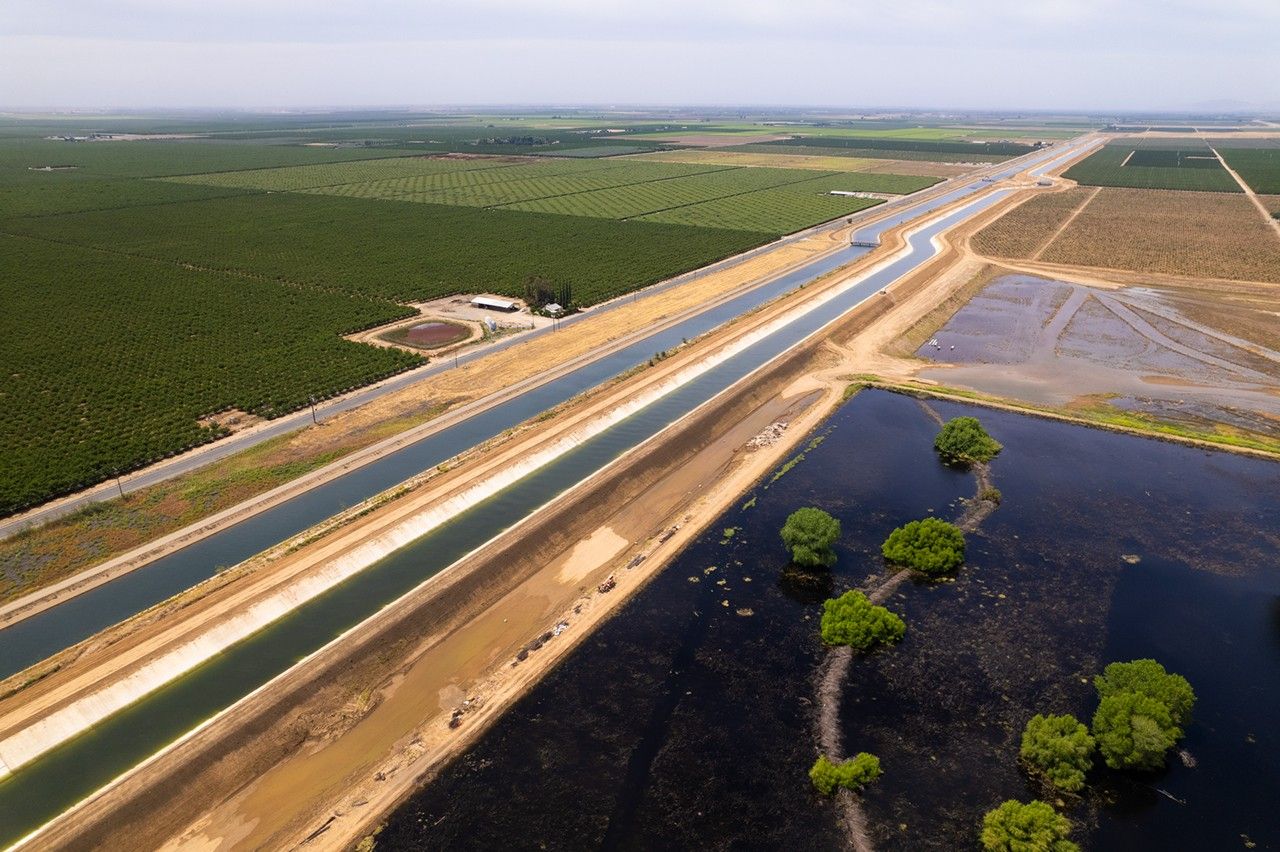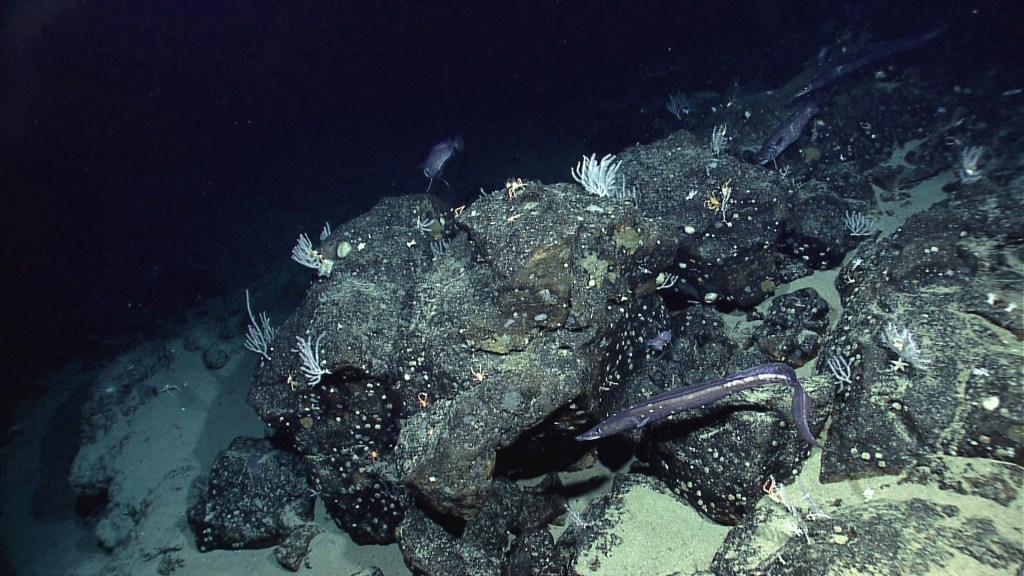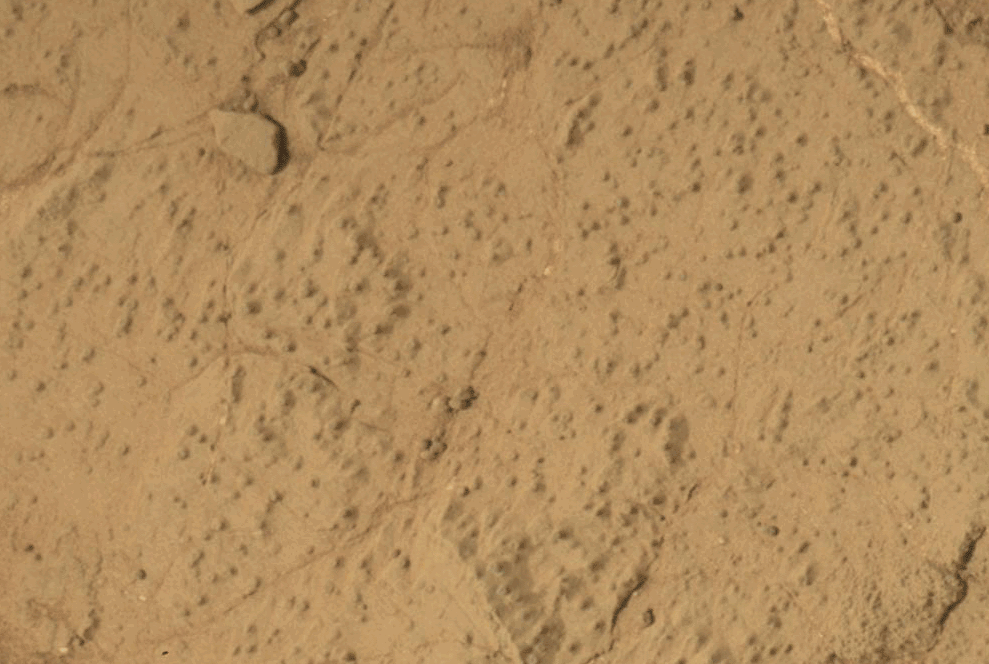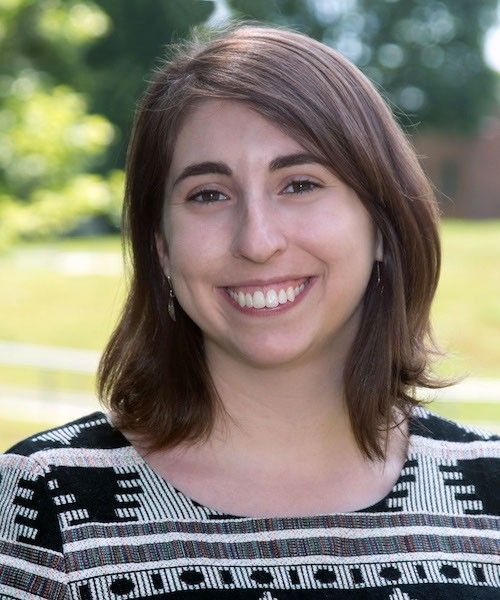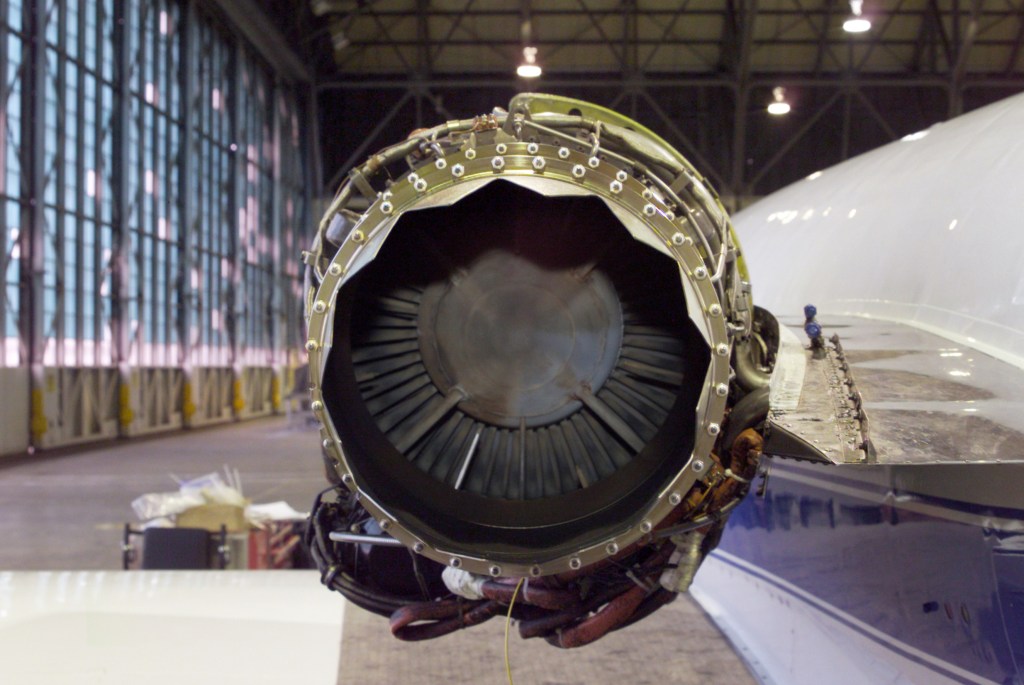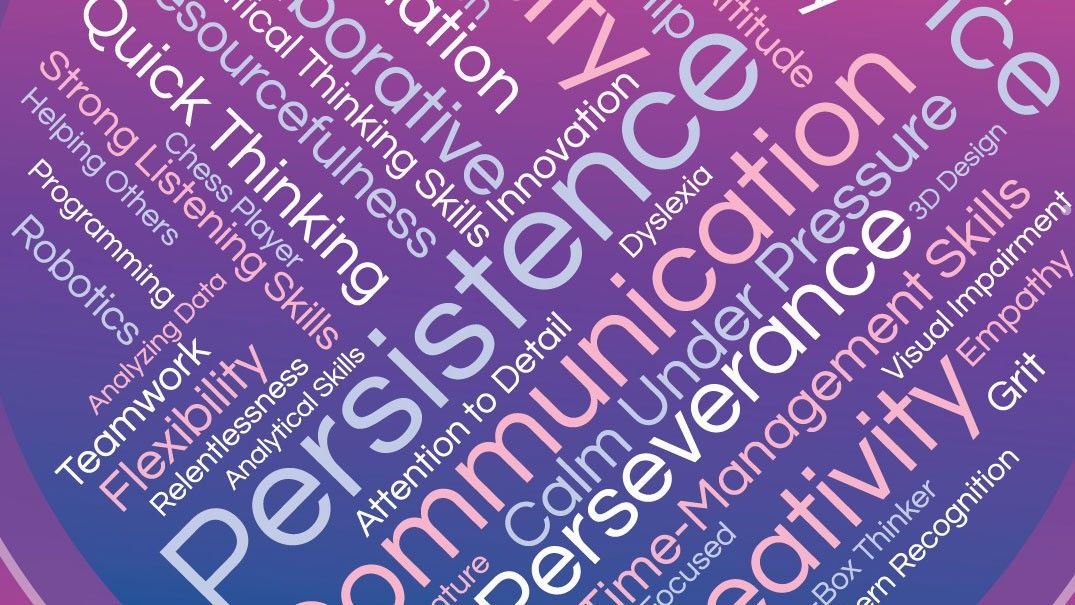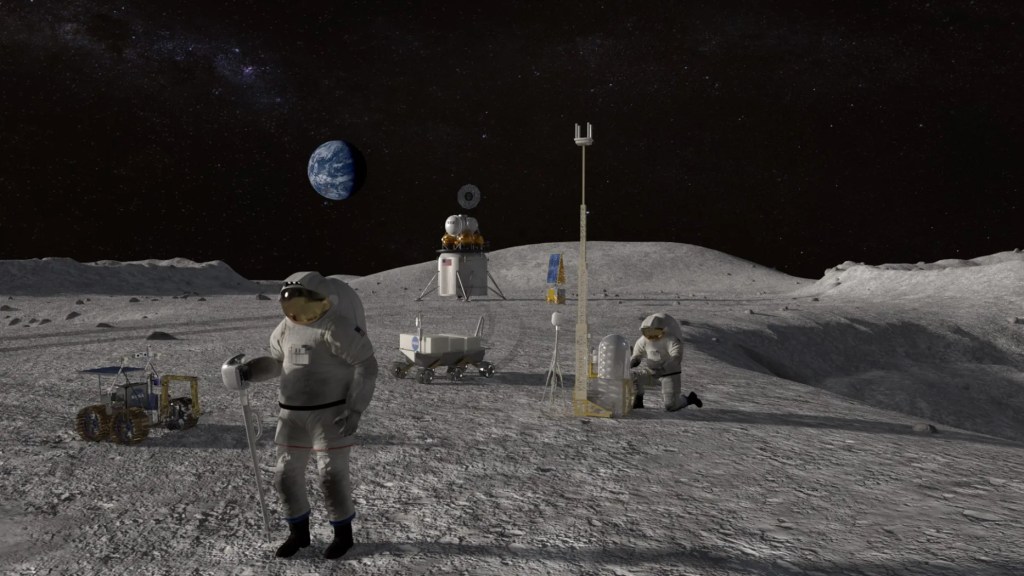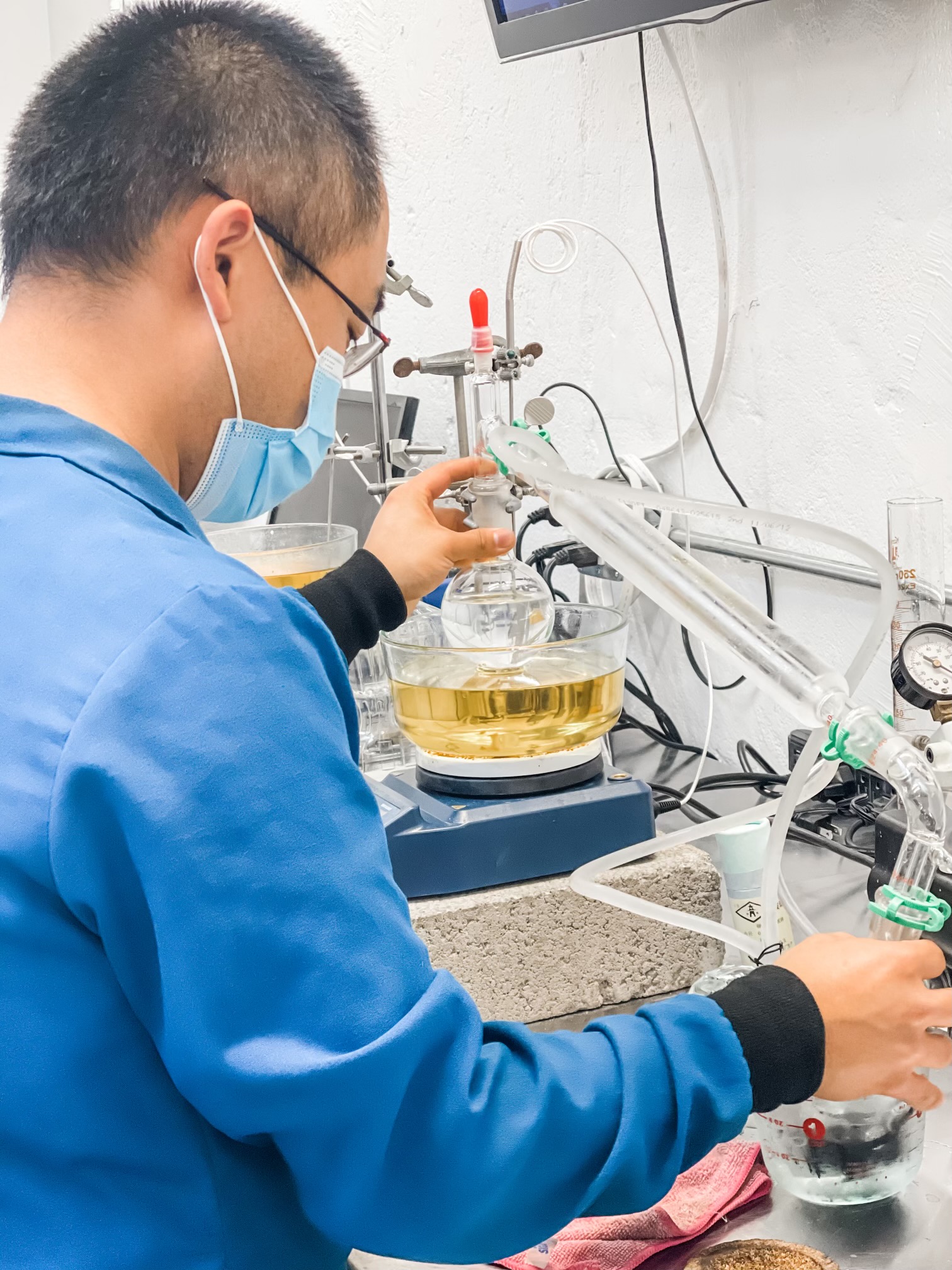On Earth, plants and ocean microbes use sunlight to turn carbon dioxide, or CO2, into sugars for energy. Humans don’t have that ability, at least not yet.
On Mars, there aren’t plants and oceans, but there is an abundance of CO2. NASA’s CO2 Conversion Challenge invited the public to come up with ways to convert this principle component of the Martian atmosphere into sugar, which astronauts could use to make useful products – anything from plastics, adhesives, and fuels to food and medicine.
Now, three teams of solvers have demonstrated prototype systems capable of converting CO2 from the air into glucose and other useful sugars. Teams Air Company of Brooklyn, New York; Hago Energetics Inc. of Thousand Oaks, California; and SSwEET from the University of California, Berkeley will take home equal shares of the $650,000 base prize.
“The CO2 Conversion Challenge began in 2018 to incentivize the public to recreate an invisible process plants do regularly with a non-biological system,” said Monsi Roman, manager of Centennial Challenges. “Despite many obstacles, three teams developed beneficial technologies that could enable humans to create valuable products from the Martian environment.”
All three teams also won bonus prizes for designing systems with spaceflight in mind. The judging panel evaluated each submission for bonus points based on efficiency, scalability, and reliability. Air Company will receive $50,000, while Hago Energetics and team SSwEET will receive $25,000 each.
Air Company’s three-step process begins by combining CO2 and hydrogen to make methanol. Removing hydrogen then turns the methanol into formaldehyde, a colorless and strong-smelling chemical used to make building materials and cleaning agents. The third chemical reaction produces a simple sugar called D-glucose.
Hago Energetics’ system used a similar thermochemical process to produce D-glucose and other sugars. Its four-step process first uses electricity to split water into hydrogen and oxygen. The CO2 and hydrogen combine to create methanol, and then hydrogen is removed to produce formaldehyde. The final chemical reaction creates D-glucose.
Team SSwEET – short for Space-Sugar with Electrochemical Energy Technology – demonstrated that glycolaldehyde, a compound that CO2 can produce when broken down by electrical energy, can “autocatalyze” sugars like glucose. That means the chemical reaction producing the sugars also makes a product that can initiate the same reaction again, creating a cycle.
These types of systems could allow future explorers to use readily available resources at a destination’s environment.
Centennial Challenges, part of the Prizes, Challenges, and Crowdsourcing program in NASA’s Space Technology Mission Directorate, bridges the innovation gap between NASA and the nation by stimulating research and technology solutions inside and outside the traditional aerospace community. The competitions offer incentive prizes to generate revolutionary solutions to problems of interest to NASA and the nation. Centennial Challenges is based at NASA’s Marshall Space Flight Center in Huntsville, Alabama.
Learn about opportunities to get involved and provide solutions to NASA:
Molly Porter
Marshall Space Flight Center, Huntsville, Ala.
256-424-5158
molly.a.porter@nasa.gov
Tiffany Blake
Ames Research Center, Silicon Valley, Calif.
650-604-4789
tiffany.n.blake@nasa.gov

